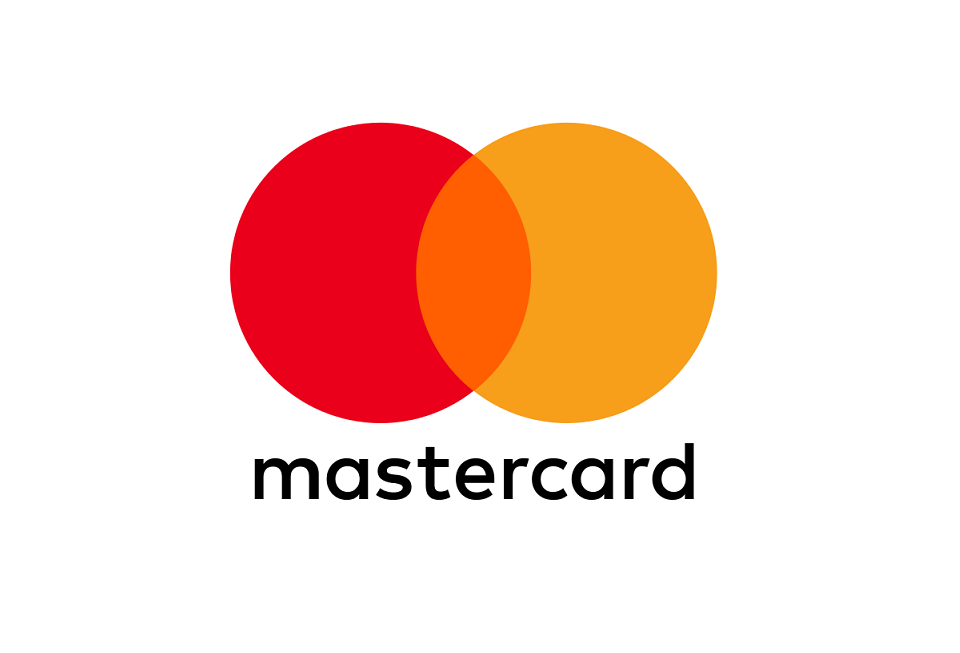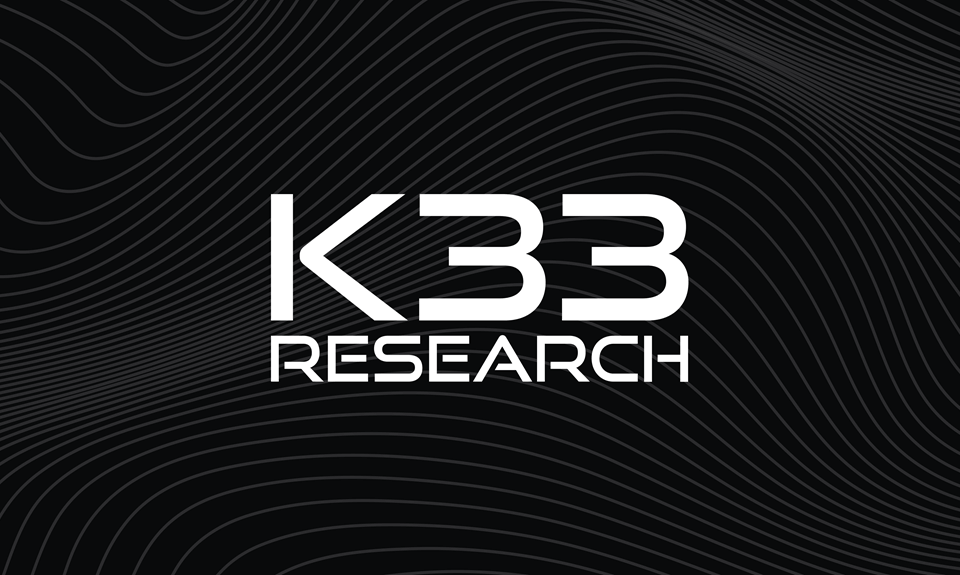LAYER 3 BLOCKCHAIN
In the ever-evolving landscape of blockchain technology, Layer 3 represents a significant leap forward, building upon the foundations of Layer 2 scalability solutions. Layer 3 introduces specialized functionalities designed to address complex challenges, such as privacy, application performance, and the diverse needs of sectors like blockchain gaming. This article explores the emergence of Layer 3 and its pivotal role in advancing blockchain applications.

Specialized Functionalities of Layer 3 Blockchain Technology
Layer 3 represents a new frontier in blockchain technology, offering specialized functionalities that cater to specific application requirements. These functionalities include:
- Privacy: Layer 3 solutions prioritize privacy, enabling users to conduct transactions and interact with decentralized applications (dApps) without revealing sensitive information. Enhanced privacy features are essential for industries like finance, healthcare, and supply chain management.
- App Performance: Layer 3 focuses on optimizing application performance. This includes improving transaction speeds, reducing latency, and enhancing the overall user experience. Such enhancements are critical for dApps that require real-time interaction, such as gaming and decentralized finance (DeFi) platforms.
- Customization: Layer 3 allows for the customization of blockchain solutions to meet the specific needs of different industries and use cases. This flexibility enables developers to create tailored solutions for sectors ranging from healthcare to energy management.
What are Layer 3 Blockchains in Crypto?
Layer 3 protocols represent a significant advancement in blockchain technology, allowing developers to move beyond generic solutions and create customized application-specific blockchains. As blockchain continues to integrate into diverse industries, Layer 3’s role in providing enhanced scalability and customization becomes increasingly pivotal. By offering a platform for tailored blockchain solutions, Layer 3 empowers developers to meet the unique challenges and requirements of their applications while advancing the blockchain ecosystem as a whole.
Layer 3 protocols operate on top of Layer 2 solutions, taking scalability to the next level. Their primary objective is to empower developers to create customized application-specific blockchains that address specific needs and challenges.
Use Cases of Layer 3 Blockchains
Layer 3 protocols have gained prominence in the blockchain space due to their ability to address critical challenges and provide specialized functionalities. Let’s delve deeper into two prominent use cases where Layer 3s play a pivotal role:
1. Gaming Applications:
Challenges in Blockchain Gaming: Blockchain gaming applications face unique challenges due to the need for real-time interactions, high transaction volumes, and cost-efficiency. Traditional blockchains often struggle to provide the seamless experience gamers expect.
Layer 3 protocols offer an ideal solution for blockchain gaming. By operating on dedicated blockchains within Layer 3, gaming applications can achieve lots of benefits. For example, Layer 3 enables dedicated blockchains that can handle a significantly larger volume of transactions at faster speeds. This scalability is crucial for maintaining a seamless in-game experience, as gaming applications often involve numerous micro-transactions.
Another benefit of using Layer 3 Blockchain is its cost efficiency. The lower transaction fees associated with Layer 3s make them cost-effective for users, especially in micro-transaction-heavy gaming environments.
Lastly, Layer 3 Blockchains provide customization. Developers can tailor the blockchain to suit the specific requirements of the gaming application. This includes optimizing privacy settings, fine-tuning functionalities, and ensuring a responsive gaming environment.
2. Decentralized Finance (DeFi) Applications:
Challenges in DeFi: DeFi applications have revolutionized the financial industry, but they also face unique challenges related to privacy, customization, scalability, and interoperability.
Layer 3 protocols provide an ideal platform for DeFi applications to address these challenges effectively:
Customization: DeFi applications often require customization to meet the unique needs of various financial services. Layer 3 allows developers to tailor the application’s privacy settings and functionalities to align with specific use cases.
Scalability: High transaction volumes are inherent to DeFi platforms. Layer 3’s scalability ensures rapid transaction processing, enabling real-time trading and efficient DeFi services.
Interoperability: Layer 3 protocols promote interoperability, allowing assets to transfer seamlessly across different blockchain networks. This enables users to access a wider range of financial services and assets within the DeFi ecosystem.
Privacy: Layer 3 protocols can enhance the privacy features of DeFi applications, safeguarding sensitive financial data and transactions.
Final Thoughts
Layer 3 protocols bring essential enhancements to blockchain applications, including gaming and DeFi. They empower developers to create customized solutions that address specific challenges while maintaining scalability and cost-efficiency. As the blockchain landscape continues to evolve, Layer 3’s role in optimizing application performance and functionality becomes increasingly crucial.
LATEST CRYPTOCURRENCY NEWS
YOU CAN WIN $200 EVERY HOUR




